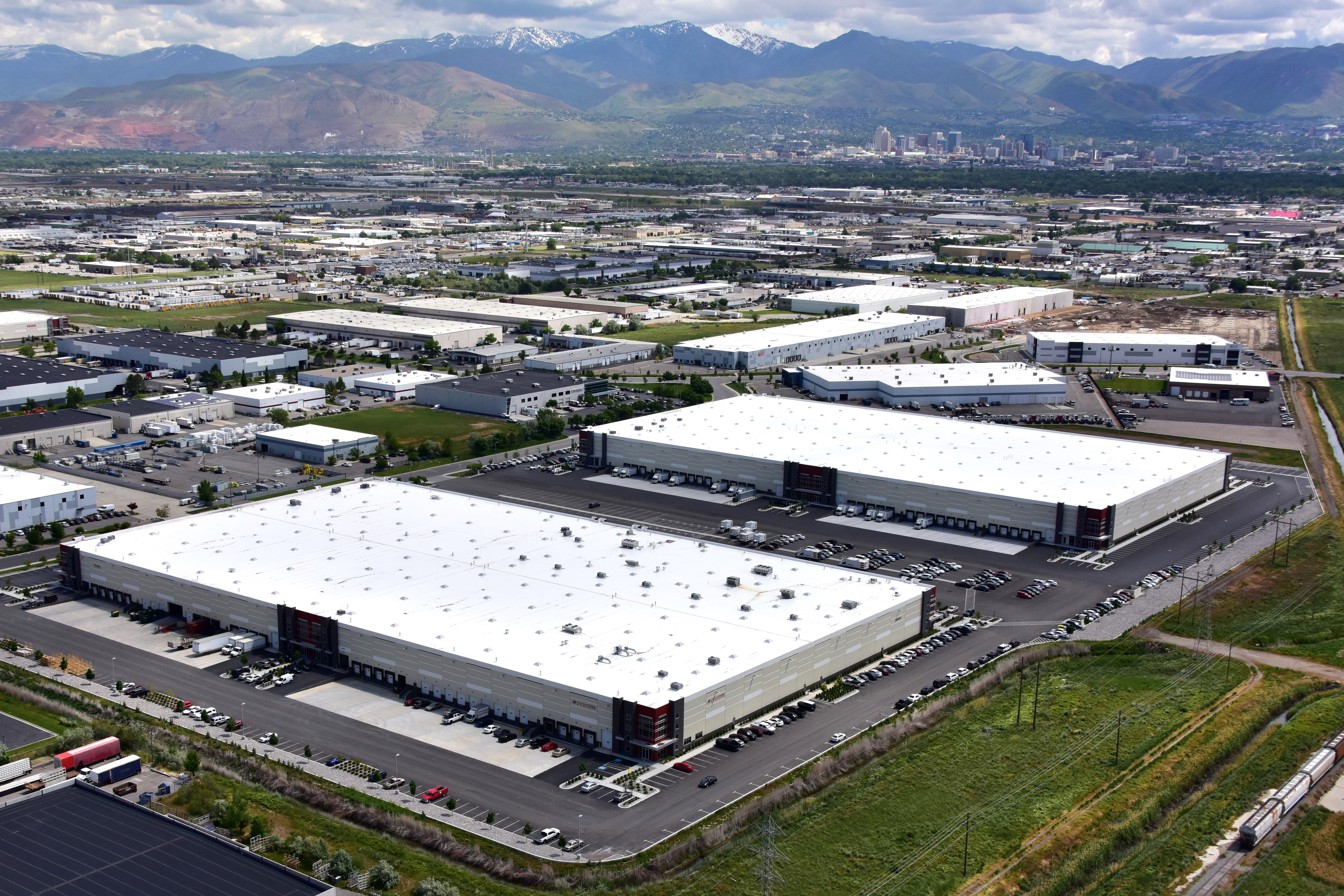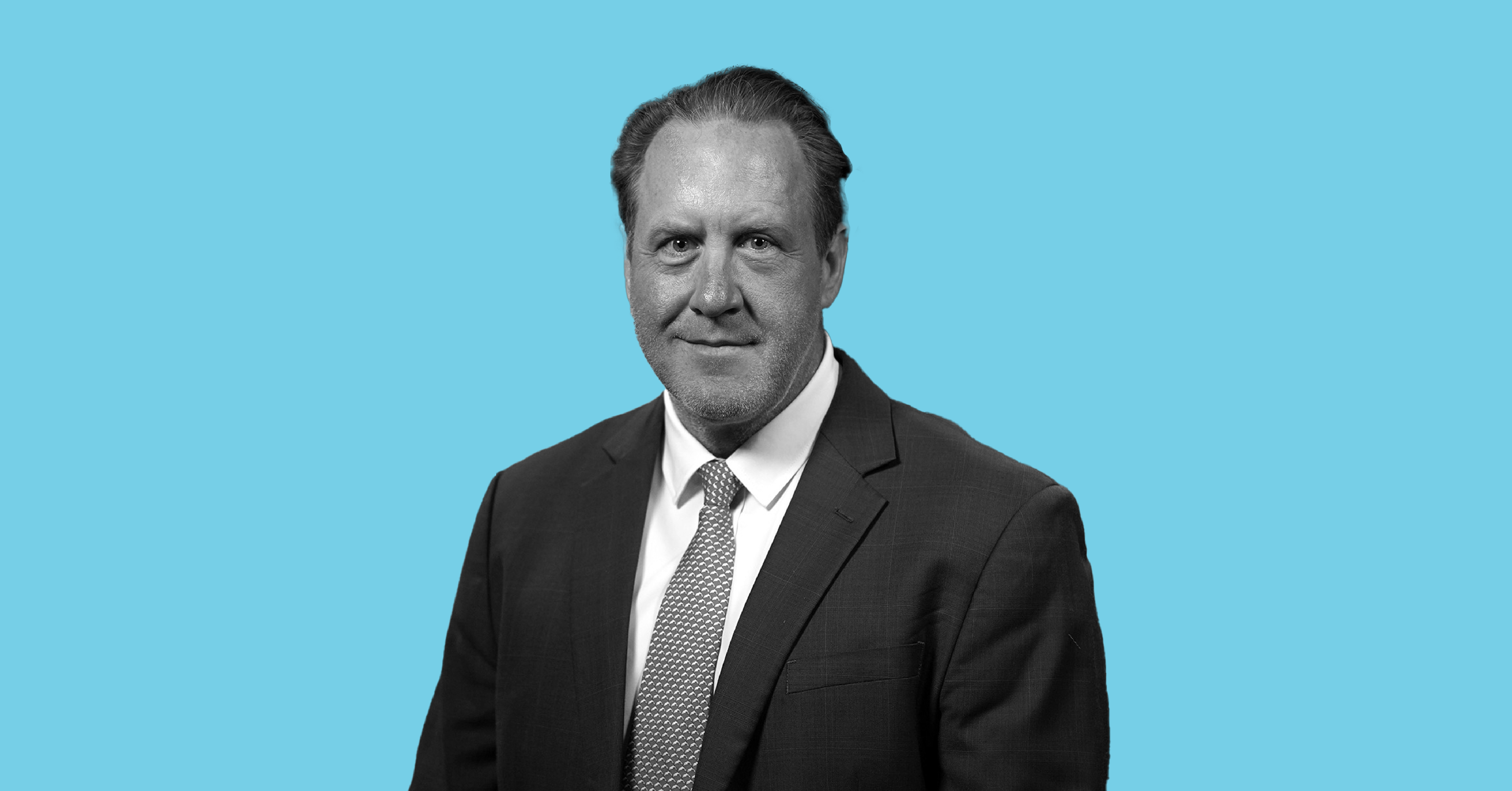Get Outside: Five Questions for Pitt Grewe

June 16, 2020
Pitt Grewe recently joined the Office of Outdoor Recreation (OOR) as executive director. He grew up in Cache Valley, and the rule in his house growing up was “Get outside by 8 a.m. and find something to do. If you don't, you get a long list of chores instead.”
He has worked in the outdoor industry for almost 15 years, including leadership roles in marketing and sales for bivy.com, Goal Zero, and Petzl. He founded Rapid Progression Kayak School, and he worked for many years as the lift operations supervisor and training coordinator for the Utah Canyons Resort. His passion for the outdoors is demonstrated by being an experienced backcountry skier, rock climber, whitewater paddler, fly-fisher, and mountain biker. We caught up with Pitt at a recent EDCUtah virtual town hall.
You took over the OOR, building on the work of Brad Petersen and Tom Adams, with the able assistance of Tara McKee. It's a mature office. What are your plans going forward?
PG: Utah was the first state to establish an office of outdoor recreation. Now there are 14 established offices and others in the works across the country. Utah set the trend, and it became the leading example of how important this kind of office is.
I'm lucky to have come into it after all the great work by Brad and Tom and Tara, who has been at the office since the beginning. I had all kinds of goals I remember talking about in the interview process, things like “What's your 100-day plan?”
Well, I came into the office about two weeks after everything shut down due to COVID-19, so you know my 100-day plan went out the window! I'm still in a respond-and-react mode at this point, but I have lots of big goals for this office. Continuing the legacy that's been established here is one of them. That is, to continue to be that leading office and to help other states create their own offices. It is a great network of states working together, and collectively we can have a significant influence at the federal level. So we want to help those offices flourish and be a resource for them.
Number two, I want to continue and increase the grant program, which provides matching funds for outdoor infrastructure and recreation resources. This year, we were able to award $6 million in funding for communities and nonprofits, and with the state’s leadership, we will continue to grow that.
A third goal is to share the story that Utah is very pro-public lands. Across the country, we are a leader in providing access to these lands. In pretty much every community, residents of Utah have access to some public land. You can leave your door, and within 10 to 15 minutes, you can access fantastic recreation and public lands, almost no matter where you live. That’s not the case in a lot of other states. Telling that story and improving Utah’s reputation across the country is a matter of showing how Utah is one of the biggest proponents of access to public lands, not only for our residents but also for our visitors.
A fourth goal is to work with EDCUtah to bring more outdoor businesses to Utah, to help them set up shop here and to do it sustainably. Utah is a great place for people to field-test products, with our mountains and deserts and any other kind of recreation that they want. Related to that is helping to bring businesses from all different industries, by showing what a great resource our quality of life is for employees.
You mentioned the grant program. These are awarded competitively. Part of the reason for the program is to take pressure off of the Mighty Five® national parks and to attract visitors to all parts of the state. Give us an overview of the program.
We all know that people want to visit Moab and Springdale, and those are great places. But there are other fantastic recreational opportunities. We can help develop those and spread out visitors and economic impact throughout the state. Another aspect beyond infrastructure is that some of the grants go toward giving opportunities to people that may not have access to the outdoors. We want to make the outdoors accessible for underprivileged or under-supported groups through programs and education.
It is a match program, so we look for great partnerships with communities that can bring resources from the city budget, from a private entity, or other fundraising. If the applicant has a good, broad-based collaboration, there’s an increased likelihood of that project being completed on time and done well.
With the $6 million, which comes from a tiny fraction of the statewide lodging Transient Room Tax fund, the advisory committee approved 58 projects out of 87 applications this year. About 64% of that $6 million went to projects in rural Utah. We were able to support projects in 20 out of 29 counties. With all the matching, the total value of these projects was upwards of $43 million, which is a considerable investment in the state, and 7-to-1 leverage. The supported projects represent 39 new infrastructure sites – campsite and structures – and 62 miles of new trails and, over five years, 200 miles of restored trails. The amounts awarded ranged from $4,000 to $500,000 per project. The program covers a lot of different user groups and various types of outdoor recreation.
We know you can’t say who your favorite child is, but we’ll ask anyway. Which is your favorite project?
One of my favorites is the Price River restoration through the town of Helper. They've been working on it for several years, and we've been supporting each phase from clean-up of debris in the streambed, to improving access and building a trail system. It’s changing the face of a resource that they have there. And it’s a really fun stretch of river to kayak.
How do you see the grant program changing as we work through the COVID-19 crisis?
Some good news out of COVID-19 is that through this match grant program, we have an established process to use any stimulus funds that may come our way. And that process can reach across the entire state and quickly get money circulating in our communities. You can put people back to work in kind of the old Civilian Conservation Corps way.
It’s not an overstatement to say how crucial outdoor recreation has been through the COVID-19 crisis. Our trail use has been through the roof across the state, and accessing the outdoors keeps people healthy. We have fantastic state leadership that is prioritizing outdoor infrastructure right now, as you can see in version three of the Utah Leads Together plan. Sitting in a recent budget meeting, we were all asked to cut our budgets to prepare for what's to come. When outdoor recreation funding came up, some members of the Legislature said, “Why would we cut that right now? In this pandemic, it's probably one of the most important things we ought to keep funding.”
Outdoor recreation in Utah spans a really rich range of activities. How do you get the hunters, fishers, off-roaders, and the climbers, hikers, bikers, and backcountry skiers together?
For one thing, I'm currently adjusting our Office of Outdoor Recreation advisory committee to make sure that the “hook and bullet” and OHV user groups are represented alongside the more human-powered “pole pedal paddle” user groups. I hope that by getting these groups together, we can be a huge force for stewardship and access because those are things on which we can all agree.
Having those diverse voices on the advisory committee also positions us more effectively when it comes to job creation and business attraction. There are many established brands already here in Utah, including in the gun, fishing, and ammunition markets. That presence can attract more of the same.
The most important thing is that we all sit at a table and find solutions together and do not fight against one another. We can make a difference in access to public lands and just overall how people perceive the value of outdoor recreation.
Another thing we’re doing is continuing our annual Utah outdoor summit. It’s where, for a couple of days, we get people together from all different aspects of the outdoor recreation industry. So no matter what their role is — whether that’s a land manager or tourism officer or county commissioner or nonprofit and industry professional — it's a great platform for climbers to talk to hunters and off-roaders to talk to mountain bikers. It's a one-of-a-kind event here in Utah, and people can take advantage of that. When you sit down face-to-face and have a conversation, or you sit in a panel discussion hearing what the issues are, it gives perspective and can open some good talks to see how you can work together.
We are introducing more virtual content this year, but that collaboration aspect will remain.
For more information, visit business.utah.gov/outdoor.






